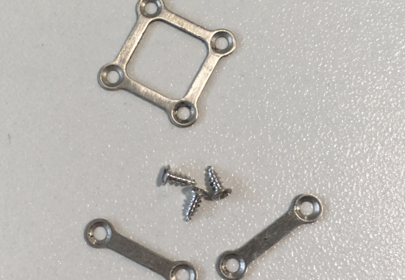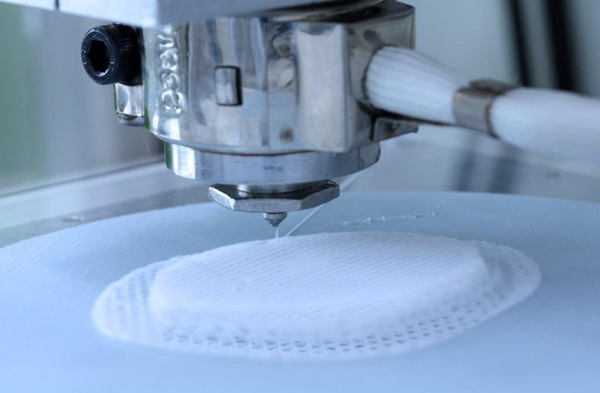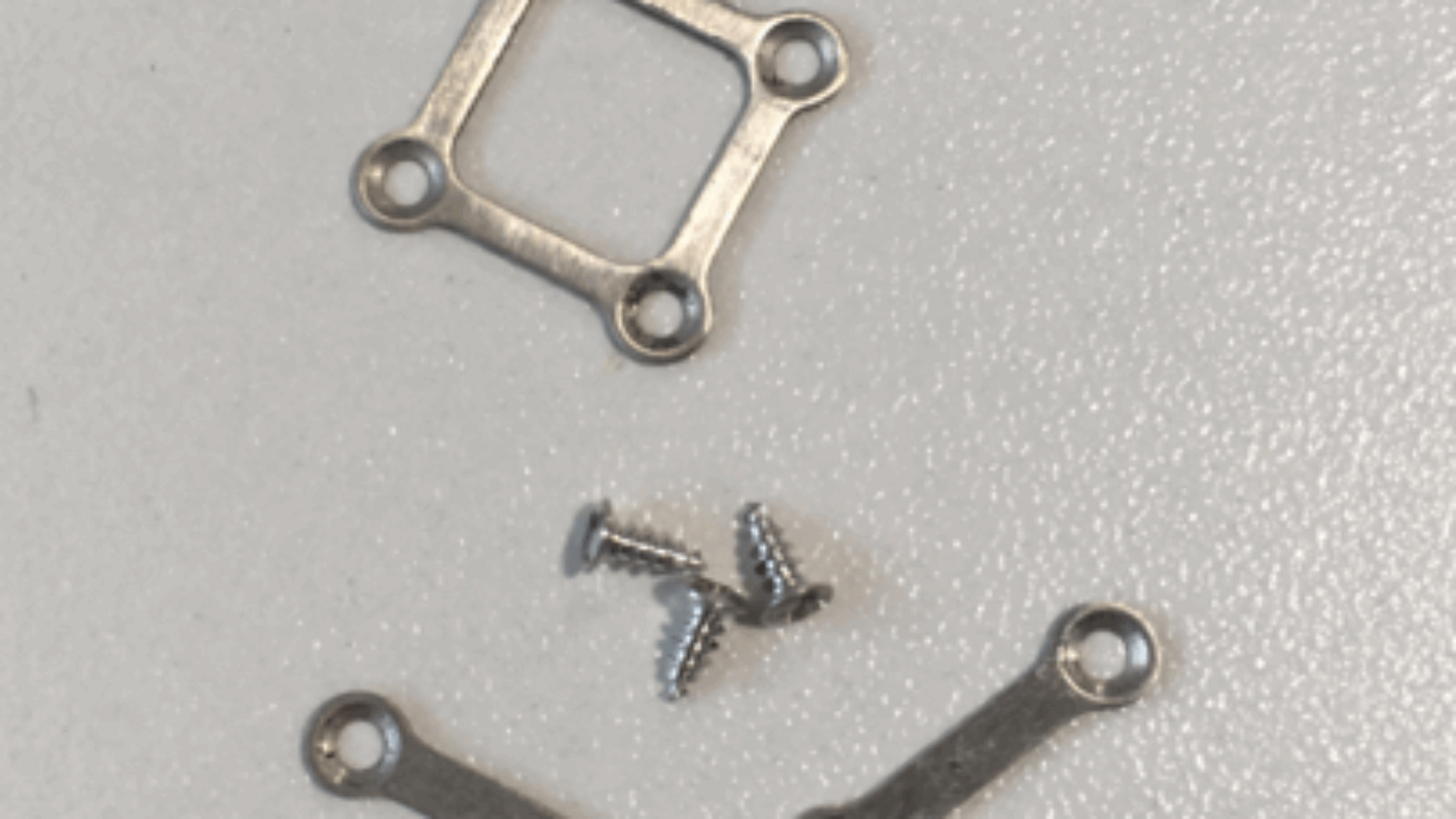3D printed implant developer Osteopore has partnered with the National University of Singapore (NUS) spin-off Magloy Tech to commercialize its new OrthoMag bone graft product.
The novel implant consists of magnesium plates and screws that, during facial graft surgeries, are dissolved into a patient’s skin, reducing any risk of complications. By bringing the product to market, the two firms hope to accelerate the recovery of bone fracture sufferers, while eliminating the need for post-operative revisions.
“We are proud to be the first to join them [Osteopore] in presenting a complete bone-implant solution,” said Dr Gururaj Parande, Co-Founder of Magloy Tech. “With Osteopore’s expertise, data and manpower, we aim to follow in their footsteps, commercialize our product and contribute to Singapore’s medical device sector.”

Osteopore’s 3D printed implants
Established in 2003, Osteopore specializes in the production of 3D printed bioresorbable implants that can be used within bone healing surgeries. The firm fabricates its products in-house, allowing it to precisely control their shape and geometry, while designing them with a unique biomimetic micro-architecture.
Osteopore’s current ‘Osteomesh’ and ‘Osteoplug’ implants feature this scaffolding, which enables the infiltration of cells and blood vessels, a key aspect of tissue repair. In order to build on its range, the firm’s Singaporian subsidiary Osteopore International has now agreed to work with Magloy Tech and market its new launch.
Given that the Southeast Asian medical market is growing, but dominated by foreign companies, the pair have agreed to collaborate as a means of gaining a foothold. As part of this partnership, Osteopore will now distribute OrthoMag, while the two firms co-design a second generation of reconstructive implants.
“We have gained valuable knowledge during our commercialization journey, and we believe in sharing our experience and network with the start-up community,” said Goh Khoon Seng, CEO of Osteopore International. “We will work to connect Magloy Tech with MedTech business platforms so that their products can be safely adopted.”

Magloy Tech’s new OrthoMag implant
At present, many bone of the implants designed for fracture fixation procedures are made from titanium or steel, which require removal through surgery after the patient’s wounds have healed. Such operations are inherently risky, and minor issues can cause negative side effects, such as infections and pain.
Manufacturing on Demand
Although Osteopore claims that its existing implants reduce surgical complications, they still require metal screws for fixation, meaning that they continue to carry some of the same risks. To combat this, the firm will now market OrthoMag, a 3D printed magnesium graft that dissolves completely once the bone can support itself.
The material is able to take the form of screws and plates to assist with fittings, and is designed to facilitate natural healing, potentially rendering revision surgery unnecessary. What’s more, given that magnesium is already abundant within the human body, there’s no risk of side-effects, and the device leaves zero residue.
Recent advances in additive implants
The majority of bone implants may still consist of traditional, rigid materials, but recent advances in 3D printing have enabled researchers to begin developing less invasive alternatives.
Scientists at ETH Zurich, have not only developed a method of 3D printing biodegradable scaffolds, but they’ve managed to achieve a more consistent level of porosity. Using a fabricated salt template, the team were able to create structures with precisely ordered pores, while retaining their mechanical stability.
Similarly, researchers at NYU’s School of Medicine and College of Dentistry have designed 3D printed bone implants that dissolve as the cartilage heals. During testing, the team were able to successfully fabricate and insert the skull grafts into both lab rabbit and rat specimens.
Elsewhere, the EU-backed ‘TRIANKLE’ project is entering the testing phase for its 3D bioprinted cell-restoring ankle implants. Given that the collagen-based grafts could reduce patient recovery times by up to 50 percent, Spanish football club FC Barcelona has agreed to participate in the initial trials.
* This article is reprinted from 3D Printing Industry. If you are involved in infringement, please contact us to delete it.
Author: Paul Hanaphy


Leave A Comment